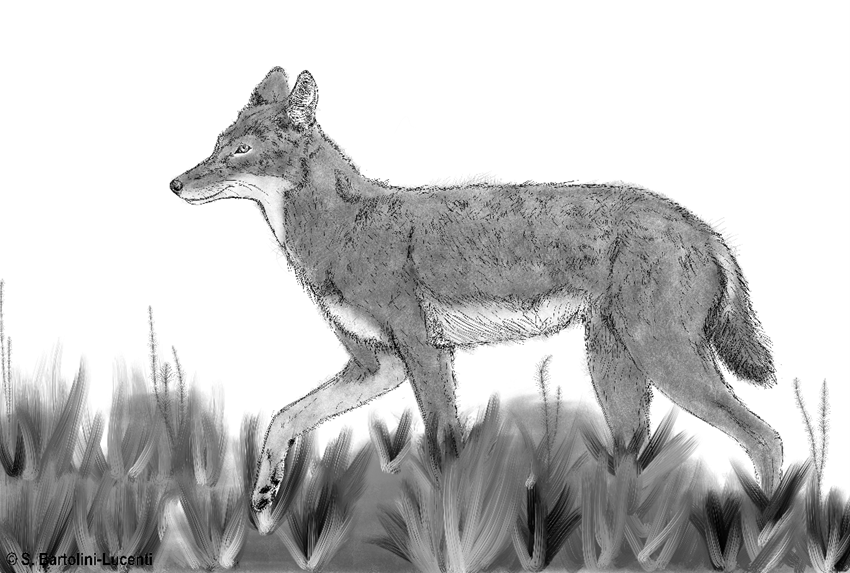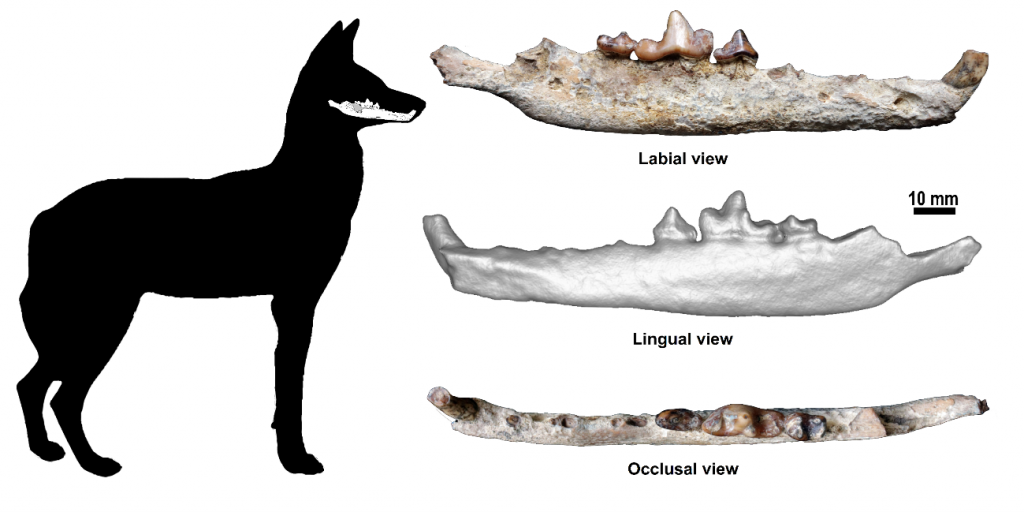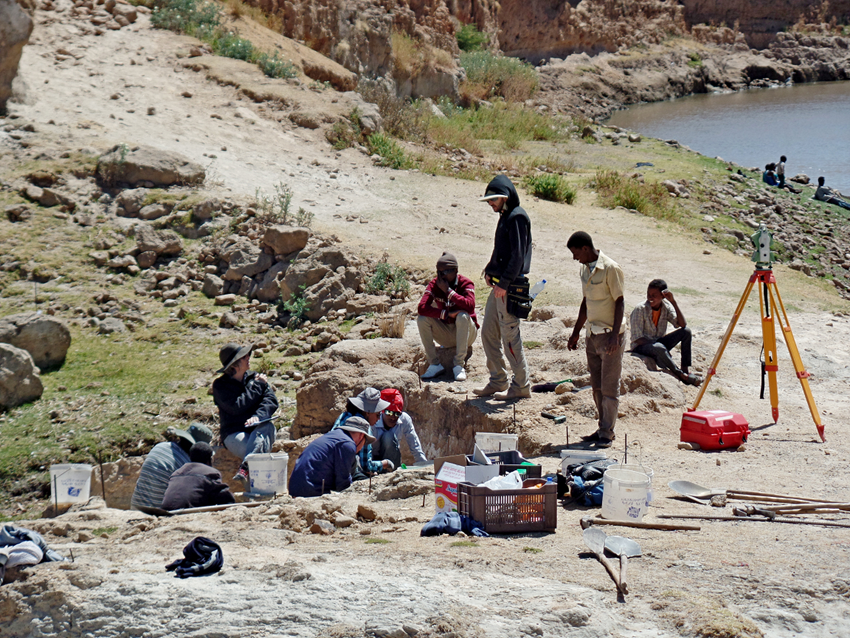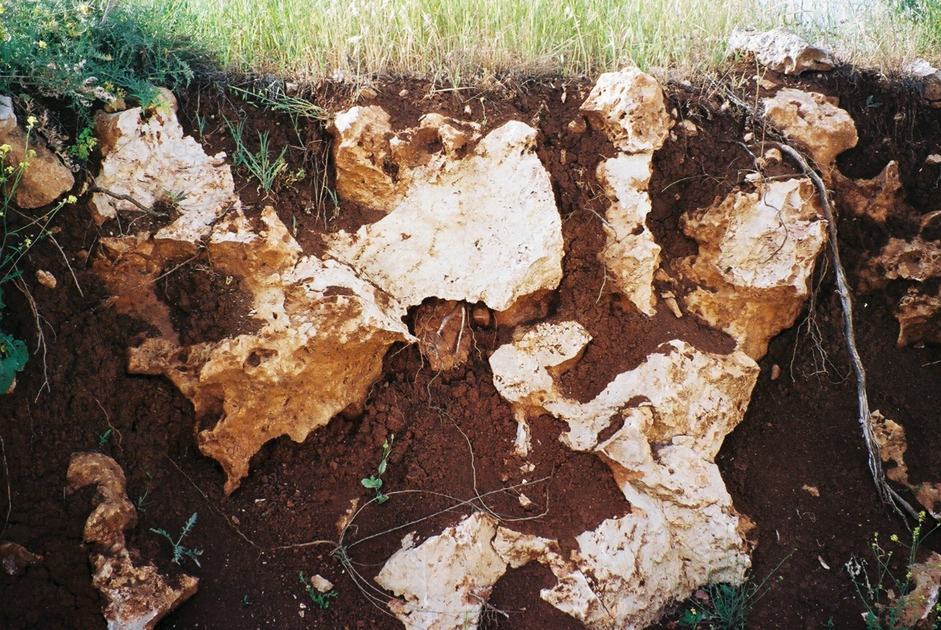
May 24, 2023 – A team of international researchers made a groundbreaking discovery in the Melka Wakena archaeological site, located in the southeastern highlands of Ethiopia, where excavations have been led by Professor Erella Hovers and Dr. Tegenu Gossa from the Institute of Archaeology at the Hebrew University of Jerusalem (HU). During the 2017 field season a fossil of a predator from the canine family, identified as the Ethiopian wolf (Canis Simensis), was recovered from deposits that are dated to about 1.5 million years ago. The first-ever discovered fossil of this animal, this significant finding challenges previous claims that the species arrived in Ethiopia from Eurasia a mere 20,000 years ago. The findings, published in the journal Communications Biology, provide compelling evidence of the Ethiopian wolf’s early presence in Africa.

The Ethiopian wolf, a medium-sized carnivore weighing between 12-18 kilograms (about 26-39 lbs.), is currently
facing an imminent threat of extinction. This species, adapted to a narrow and unique ecological adaptation, exclusively inhabits the highlands of Ethiopia. There are approximately only 500 Ethiopian wolves remaining and they are scattered in isolated populations across Ethiopia’s Bale and Simien mountains.
“Our research indicates that the Ethiopian wolf faced multiple extinction threats during periods of globally warm climates,” explained Professor Hovers, one of the leading researchers of the study. “Consequently, populations were forced to retreat to higher, geographically isolated regions where suitable conditions persisted, which led to population fragmentation. The recovery of the species occurred when colder conditions allowed the expansion of populations into lower areas, increasing the species’ territories and promoting connectivity between populations. The Melka Wakena fossil, recovered from a site at an altitude of 2300 meters above sea level, likely represents such a recovery period.”
To identify this unique fossil, researchers employed standard paleontological measurements along with sophisticated statistical methods. Bioclimatic algorithms were extensively utilized in the study’s second phase, enabling the construction of models depicting the species’ environmental changes throughout its existence and the influence of climatic conditions on the Ethiopian wolf’s habitats in the high Ethiopian mountains. Utilizing bioclimatic models based on past findings, the study also provides insight into future climate changes, their intensity, and the expected impact on the Ethiopian wolf’s habitats. The findings highlight the urgent need for action to preserve ecological habitats and ensure the Ethiopian wolf’s survival as it faces mounting threats.
Professor Hovers said, “We were already aware of the Ethiopian wolf’s extinction risk, but our quantitative predictions are deeply troubling. Combining global warming with the expansion of agricultural areas, by 2080, the necessary conditions for the species’ survival will no longer exist in two-thirds of their already small and isolated habitats. And this is the most optimistic forecast. Urgent conservation efforts are necessary to safeguard the Ethiopian wolf’s survival.”

The remarkable discovery in Melka Wakena also highlights the importance of studying diverse geological and ecological environments to comprehensively grasp the biological diversity that continues to shape Africa’s environmental background and human development.
The Melka Wakena Project in Ethiopia was made possible through the support of international research funds and carried out under a research permit granted by the Ethiopian Heritage Authority. The researchers also collaborated with local communities residing near the site. The study involved researchers from universities in Ethiopia, Italy, Spain, and the United States.



